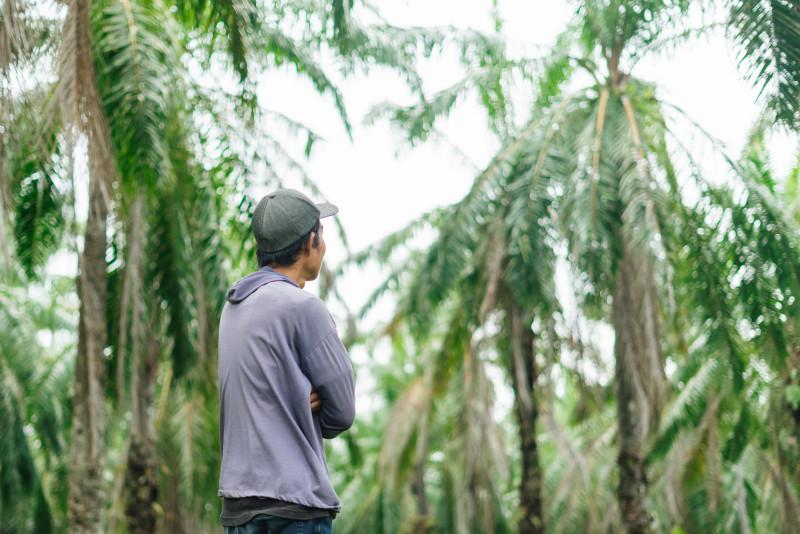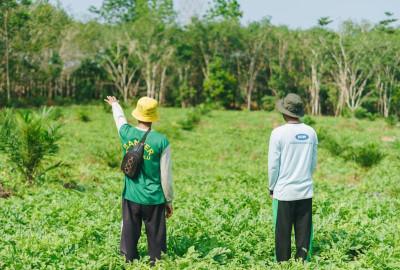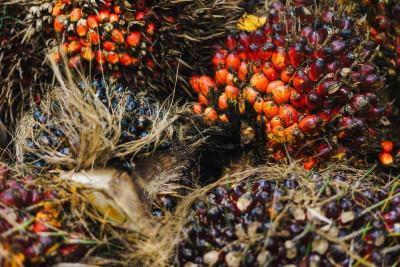
A Global Crop Under Pressure
Palm oil has become one of the most widely used vegetable oils in the world. Found in everything from biscuits and instant noodles to cosmetics and biofuels, it is estimated that more than3 billion people consume products containing palm oil every day. Its popularity is not without reason: oil palm is highly productive, generating far more oil per hectare than soybean, sunflower, or rapeseed.
Yet, the industry faces a paradox. While oil palm offers efficiency, it also carries a heavy environmental and social burden. Issues such as deforestation, biodiversity loss, greenhouse gas emissions, and labor exploitation have placed palm oil at the center of global debates about sustainability. For countries like Indonesia and Malaysia—which account for nearly 85% of global supply—the pressure is even greater. The question is no longer whether palm oil should be made sustainable, but how fast and how effectively this can be achieved.
Why Palm Oil Sustainability Cannot Be Delayed
1. Environmental Imperatives
- Deforestation and biodiversity loss: Expansion of
oil palm plantations has historically driven large-scale forest clearance,
threatening habitats of endangered species such as orangutans, tigers, and
elephants.
- Carbon emissions: Clearing peatlands for palm
plantations releases massive amounts of carbon dioxide, undermining global
climate goals.
- Soil and water degradation: Unsustainable
practices—such as monoculture planting and excessive chemical inputs—lead
to declining soil fertility and polluted waterways.
If left unchecked, the environmental cost of palm oil could outweigh its efficiency advantage. This is why stricter sustainability standards are urgently needed.
2. Economic Risks
Palm oil is not just an agricultural commodity; it is a cornerstone of national economies. In Indonesia alone, the industry supports more than16 million jobs. However, global buyers and consumers are increasingly demanding sustainable supply chains.
- Market access at risk: The EU has introduced regulations such as the EU Deforestation Regulation (EUDR), which requires traceability of commodities to ensure they are not linked to deforestation. Producers unable to comply may lose market access.
- Reputation and brand pressure: Multinational companies are pledging “deforestation-free supply chains” by 2030. Palm oil suppliers that cannot meet these requirements face exclusion.
Thus, sustainability is not just an environmental obligation but also an economic survival strategy.
3. Social Dimensions
Sustainability is also about people. Around40% of global palm oil is produced by smallholders, many of whom lack access to financing, modern agronomy, and certification schemes. Without targeted support, these farmers are left behind, widening inequality and perpetuating cycles of poverty.
Making palm oil sustainable must include fair wages, land rights protection, gender inclusion, and access to affordable financing for smallholders. Only then can the industry be truly sustainable.
Pathways Toward Sustainable Palm Oil
1. Strengthening Certification and Standards
The Roundtable on Sustainable Palm Oil (RSPO)and national schemes like ISPO (Indonesia)and MSPO (Malaysia)provide frameworks for responsible production. While progress has been made, adoption remains limited—especially among smallholders. To increase uptake:
- Certification processes must be simplified and made affordable.
- Governments and buyers must provide stronger incentives for certified products.
- Independent monitoring, transparency, and enforcement need to be scaled up.
2. Embracing Regenerative Agriculture
- Intercropping systems(e.g., oil palm with watermelon, maize, or legumes) to improve soil health, increase farmer income, and reduce reliance on monoculture.
- Organic mulching and cover crops to enhance biodiversity and reduce chemical use.
- Agroforestry integration to maintain carbon stocks while producing diversified incomes.
Such methods align with the global push toward climate-smart agriculture.
3. Leveraging Digital Traceability
Digital technology is revolutionizing sustainability monitoring:
Satellite imagery and AI can detect illegal land clearing in real time.
Blockchain systems ensure transparent tracking of palm oil from plantation to shelf.
Mobile apps for farmers can provide agronomic advice, financing tools, and digital record-keeping for certification compliance.
Traceability is no longer optional—it is a market requirement.
4. Inclusive Financing Models
Smallholders often lack collateral and face high interest rates when seeking bank loans. Innovative financing mechanisms are crucial:
Blended financeinvolving banks, impact investors, and government guarantees.
Input financingwhere farmers receive seeds and fertilizers rather than cash, reducing misuse and improving yields.
Carbon credit integrationwhere smallholders are rewarded for sustainable practices that sequester carbon.
Such models can bridge the gap between sustainability goals and farmer realities.
5. Collaboration Across the Supply Chain
Sustainability cannot be achieved by farmers alone. It requires:
Governmentsto enforce land-use regulations and incentivize good practices.
Companies to commit to transparent sourcing and support farmer training.
NGOs and academia to provide technical expertise and monitoring.
Consumers to make conscious choices and push brands toward responsible sourcing.
Collaboration creates accountability and accelerates progress.
Case Studies: Progress and Lessons
Indonesia’s ISPO Revamp
Indonesia has strengthened its mandatory ISPO certification, aligning it with international standards. While challenges remain in enforcement, it signals a stronger national commitment.
Intercropping Innovations
Pilot projects in Bengkulu and Sumatra demonstrate thatoil palm intercropped with food cropsconducted by Arconesia (e.g., watermelon, maize, upland rice) not only improves land productivity but also enhances household food security while reducing fire risk on idle lands.
The Cost of Inaction
Failing to make palm oil sustainable carries heavy risks:
Stranded assets: Plantations linked to deforestation may lose access to international buyers.
Global boycotts: Growing consumer activism could damage the reputation of producing countries.
Climate vulnerability: Unsustainable land management increases susceptibility to droughts, pests, and floods, reducing long-term yields.
Inaction will ultimately harm farmers, companies, governments, and the planet.
Conclusion: From Urgency to Action
The urgency of making oil palm more sustainable cannot be overstated. This crop, while efficient, carries profound environmental and social consequences if mismanaged. The path forward is clear: strengthen certification, adopt regenerative agriculture, deploy digital traceability, unlock inclusive financing, and foster collaboration across the supply chain.
Sustainable palm oil is not a distant dream—it is a necessity. By embracing it now, the industry can protect forests, empower farmers, secure markets, and contribute to global climate goals. The real question is not if oil palm can be sustainable, but whether we have the collective will to act before it’s too late.



